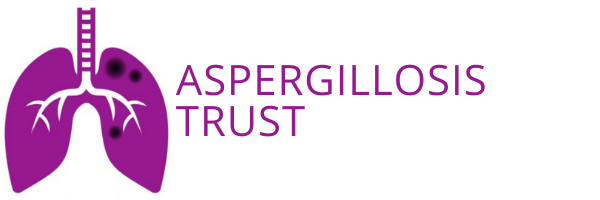
Medical Professionals
Aspergillus is a group of moulds found all over the world, and is common in the home.
Only a few of these moulds can cause illness in humans and animals. Most people are naturally immune and do not develop disease caused by Aspergillus. However, when disease does occur, it takes several forms.
The types of diseases caused by Aspergillus are varied, ranging from an allergy-type illness to life-threatening generalised infections. Diseases caused by Aspergillus are called aspergillosis. The severity of aspergillosis is determined by various factors, but one of the most important is the state of the immune system of the person.
Types of aspergillosis infection:
Aspergillus Bronchitis
Types of Aspergillus allergy:
Diagnosis
Accurate diagnosis has never been straightforward for aspergillosis.
A patient presenting at the clinic will first be asked to give a history of the symptoms that they have noticed. Depending on this history a number of tests may be requested from the following list:
A blood test
X-rays or CT scan of the chest
A skin test to measure sensitivity to Aspergillus allergens
Culture and analysis of a sputum (mucus) sample
Culture of tissue fluids e.g. lung fluid (called BAL)
A bronchoscopy – where a flexible tube is passed down into the lungs while under sedation.
A sample or biopsy of a tissue mass (if present) in a lung cavity
For more information go to https://aspergillosis.org/what-is-aspergillosis/
Specialist Centres
For patients in the UK: the National Aspergillosis Centre (NAC) in Manchester UK is one of the foremost research centres in the world studying all forms of chronic aspergillosis (e.g. CPA, ABPA, SAFS, Aspergillus bronchitis, aspergilloma) and was the first centre recognised by the European Confederation of Medical Mycology (ECMM) as a Centre of Excellence
Click here to visit the National Aspergillosis Centre website
Go to https://aspergillosis.org/aspergillosis-specialist-centres/ for a map of specialist centres in Medical Mycology that have been found via a combination of the European Confederation of Medical Mycology Centres of Excellence and from submissions via patients throughout the world.

